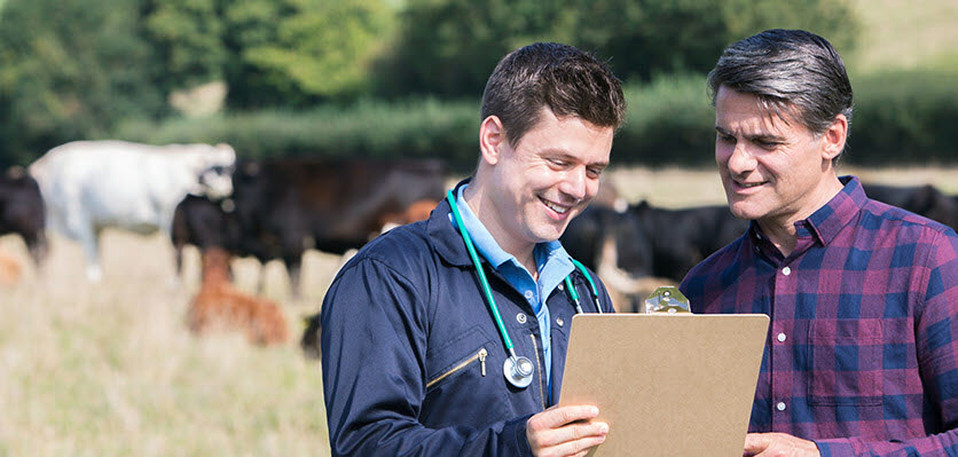Calving and knowing when to call the vet
14 May 2018
An obstructed labour (dystocia) is one of the most common emergency cases in production animals.
At the Australian Veterinary Association (AVA) Annual Conference today, cattle veterinarian, Dr Elizabeth Bramley, will speak about how to diagnose and treat dystocia and other calving tips for Australian producers.
“I’ve seen many cases of dystocia in cattle and it basically implies some obstacle to the birth process where the foetus cannot be delivered by maternal effort alone. Dystocia occurs for two reasons – either a problem with the mother such as abnormalities of the birth canal or a twisting of the uterus or a problem with the foetus such as a large foetus or foetal malformation.
“To minimise the risk of dystocia, it’s important to firstly assess how close a cow is to calving. There are five signs that producers should look for that indicate a cow is close to calving. Being able to recognise the signs enables producers to act quickly if something does not go according to plan,” Dr Bramley said.
The five signs that indicate a cow is close to calving include:
- Relaxation of the vulva - a thick clear to brown mucous discharge may appear from the vulva several days before calving as the cervical mucous plug is released.
- The udder gradually increases in size (‘bags up’) in the last month of gestation and becomes very large in the last few days prior to calving. This is a very useful general indicator when selecting cows closest to calving from a group in the paddock.
- During the last few weeks of gestation the udder contains a fairly transparent honey coloured oily secretion. This changes to bloody fluid within about 48hrs to 72 hours of calving to colostrum. Initially colostrum usually appears in the two hind teats and a day or so later in all four teats. Colostrum is a yellowish fluid with a creamy consistency and may contain blood for a few days after calving.
- General relaxation of the pelvic girdle ligaments occurs prior to calving to allow passage of the calf through the pelvis.
- The cervix dilates during the first stage of labour over a six-hour period. Per vaginal examinations should only be performed hygienically by experienced people. Cows will often separate from the herd close to the onset of calving.
Dr Bramley says that it’s essential for the health and welfare of both the cow and the calf that producers can identify dystocia and call their veterinarian immediately.
“There will be situations when a birth does not progress as expected and, in these cases, producers must consult their veterinarian who will be able to assist. Signs to look for that something is wrong include if the calf can be felt within the birth canal but is not born in three hours; part of the calf is presented but there is no progression of labour within an hour; the cow is straining unproductively for more than an hour; the cow is down and unable to get up either before or after birth; or the birthing process occurs normally but the uterus prolapses, which is an emergency situation.
AVA President Dr Paula Parker said that the veterinarians work closely with producers to help ensure the calving process is as smooth as possible.
“Veterinarians implement programs to ensure the calving process goes according to plan. This includes programs about preparation for joining, managing pregnant animals, managing the calving period and critically the post calving period. Joining and conception rates have a significant impact on farm profitability and veterinary advice is essential to protecting that vital investment,” Dr Parker said.
The AVA Annual Conference is being held at the Brisbane Convention and Exhibition Centre, 13-18 May 2018.
For further information and requests for interviews contact the AVA media office on (02) 9431 5062, 0439 628 898 or media@ava.com.au.
The Australian Veterinary Association (AVA) is the only national association representing veterinarians in Australia. Founded in 1921, the AVA today represents 9000 members working in all areas of animal science, health and welfare.
